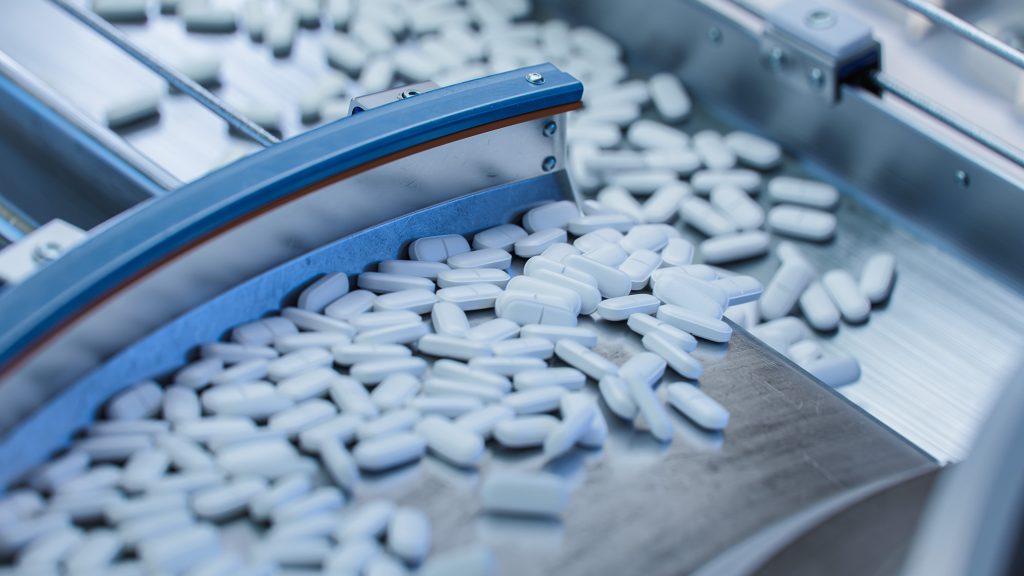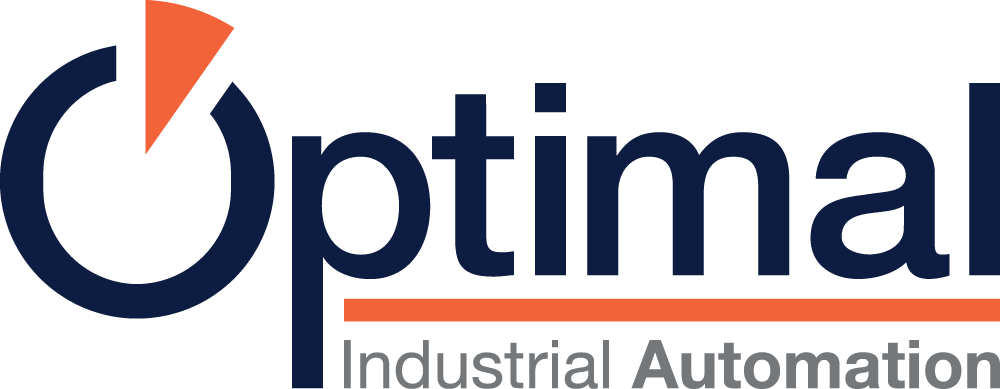The intrinsic capabilities of fluidised bed dryers (FBDs) in achieving precise, controlled, and uniform drying of wet solids have made them indispensable in a multitude of sectors. To harness the full potential of these systems, companies must keep pace with advancements in control technologies and industrial automation. Through value-adding upgrades to existing systems, end users can both improve the performance of these machines and open the door to the opportunities that smart manufacturing holds.
Alan Messenger, Sales Director at Optimal Industrial Automation, looks at how manufacturers and processors can advance their fluidised bed dryers to enhance competitiveness and profitability.
Offering a highly efficient drying method, FBDs play a fundamental role in various manufacturing industries, including pharmaceutical, chemical, and food & beverage. These machines can deliver high drying rates and short cycle times, ultimately helping companies maximise throughput. Also, thanks to their thermodynamic efficiency and ability to uniformly reduce moisture and minimise the potential for mechanical damage to materials, they can drive quality-centric operations.
In addition, FBDs help the formation of strong bonds for the agglomeration of powder formulations and make it possible to obtain perfectly compressed products, such as tablets and caplets. As a result, these units are extremely popular when handling powders or granules, such as granulation operations for oral solid dosage (OSD) pharmaceutical production.
Moreover, they have a direct impact on the characteristics of a product, such as shelf life and quality. By reducing water content in end products, the rate of both biological contamination and undesirable reactions are slowed, improving storability and transportability.

It’s all about control
Beyond the key role of FBDs in effective drying operations, industry players also profit from the long service life of these machines, which can exceed 35 years. Due to the absence of moving parts, they require limited maintenance, lowering operational expenses and downtime.
The robust nature of these units, however, doesn’t mean that the system cannot benefit from upgrades. In fact, as the market places ever more demanding requirements on producers, continuously advancing manufacturing operations is a must to remain competitive. Typically, regular updates to control systems enhance time-, cost-, and energy-efficiency, while outdated setups may lead to under- or over-drying, affecting product quality and value.
The recent quantum leap in control technologies and digital solutions has unleashed a number of new, highly advantageous opportunities for FBD-based processes in a very short time. By adopting smarter control systems that communicate with key sensors and analysers as well as monitoring and visualisation platforms, it is possible to develop a greater understanding of FBD units, their components, processes, feedstocks and products.
Users can leverage these insights to better manage their activities, from equipment maintenance to fluidisation and drying conditions. The response can be manual or automated, with FDBs accurately and precisely self-regulating their operations to improve efficiency, product quality and resource utilisation. Ultimately, within fully automated setups, FBD control can enable the development of interconnected, smart manufacturing frameworks that futureproof production operations.
Perhaps more importantly for companies in highly regulated sectors, the use of advanced control systems can help store valuable process information as well as produce documentation for quality audits, supporting regulatory compliance and current Good Manufacturing Practices (cGMP).
Advancing FBD control through collaborations
The upgrade of control systems for FBDs should be customised to the specific application while also taking a number of factors, such as compatibility with existing components as well as safety and regulatory compliance, into consideration. Therefore, it is advisable for end users to collaborate with a knowledgeable industrial automation specialist and system integrator who can provide key support in identifying and implementing the most effective improvement strategies for the intended control system.
A full-service provider, such as Optimal, should be preferred, as it can streamline the entire project as well as provide assistance at any stage while enabling continuous improvements. Furthermore, such a partner can help reverse engineer existing setups or handle situations when supporting documentation may be limited, ensuring that the new setup can run smoothly.
With nearly 40 years of experience in industrial automation and control technology applications in the chemical and (bio)pharmaceutical sector, Optimal has long track record of supporting the successful upgrade of FBDs. These have enabled end users to advance their operations and drive their competitiveness in increasingly demanding markets.
Case study: customised control system enhancement bolsters productivity
In a bid to modernise its FBD operations, a prominent pharmaceutical manufacturer sought to move beyond the limitations of its legacy control setup, which was reliant on traditional push-button controls that only supported basic functions. Optimal stepped in to upgrade the control system’s capabilities by introducing a PLC-driven solution.
This overhaul integrated a more advanced control system and key visualisation platforms, such as human-machine interfaces (HMIs) and supervisory control and data acquisition (SCADA) software. This provided both a more sophisticated control mechanism and enabled precise material tracking and tracing. The implementation of a comprehensive monitoring solution helped the pharmaceutical company manage feedstock across the entire manufacturing journey, from raw material to the final product.
Traceability was complemented by real-time batch reporting, which offered invaluable documentation for quality audits. By optimising batching processes and dispensary controls, Optimal was able to deliver a seamlessly integrated and autonomous solution that drove a remarkable 50% increase in productivity for the FBD. This surge in efficiency not only resulted in a swift return on investment but also positioned the pharmaceutical giant at the forefront of cutting-edge manufacturing.
Case study: Digitalising FBD operations
Faced with the need to refine its FBD operations to enhance product consistency and reduce processing times, a leading pharmaceutical manufacturer asked its preferred automation and system integration expert, Optimal, to develop a suitable control system. As an expert Process Analytical Technology (PAT) implementation specialist, Optimal suggested the use of this framework as part of a more advanced process control system. This would support real-time moisture monitoring through in-line near-infrared (NIR) spectroscopy that, coupled with data from existing sensors, could form the basis of a robust multivariate analysis (MVA) model.
Thanks to this solution, the company gained unprecedented insight into the drying phases, facilitating informed decision-making for operators and subject matter experts. The result was a more thorough understanding of the process, leading to improved cycle times, heightened product quality and a substantial boost in profitability. The control system, which leveraged the award-winning PAT knowledge platform synTQ, enabled on-the-fly temperature adjustments to optimise end product quality and processing times. Harnessing PAT futureproofed the system and opened avenues for scalability as well as further optimisation in other areas of the manufacturing process.
Case study: Advanced transparency supports regulatory compliance
When a premier OSD form manufacturer wanted to improve the transparency, accessibility and integrity of its FBD process as well as product data, Optimal implemented a secure and regulatory-compliant solution for data sharing and storage. The existing system’s capabilities included reliable data capture and storage within a cutting-edge SCADA platform.
To enhance accessibility and regulatory compliance, an Information Technology Company (ITC)-managed data centre was established, enabling direct, seamless data reception and visualisation by the Medicines and Healthcare products Regulatory Agency (MHRA). The pharmaceutical producer’s adherence to cGMP guidelines was significantly strengthened, leading to the expansion of the framework to additional production units.


